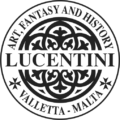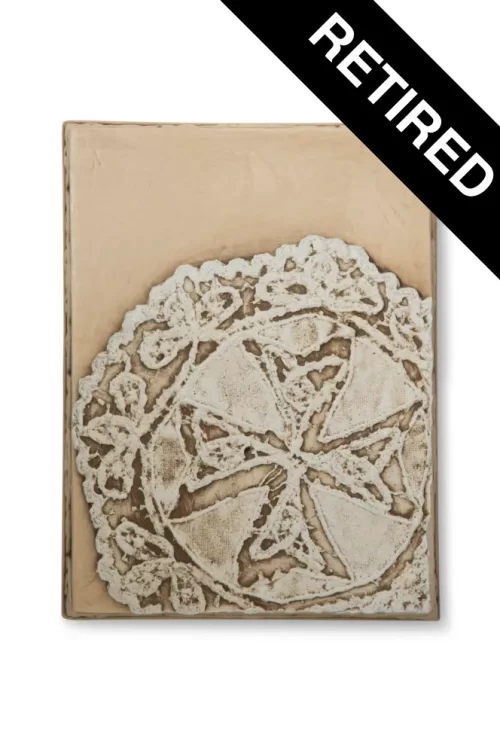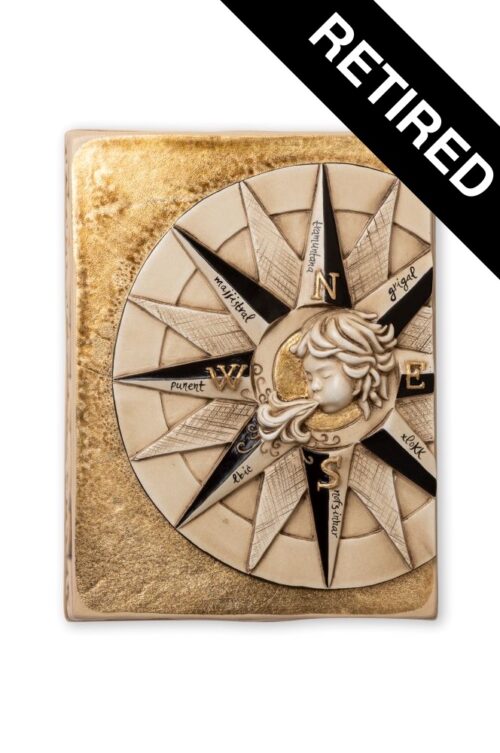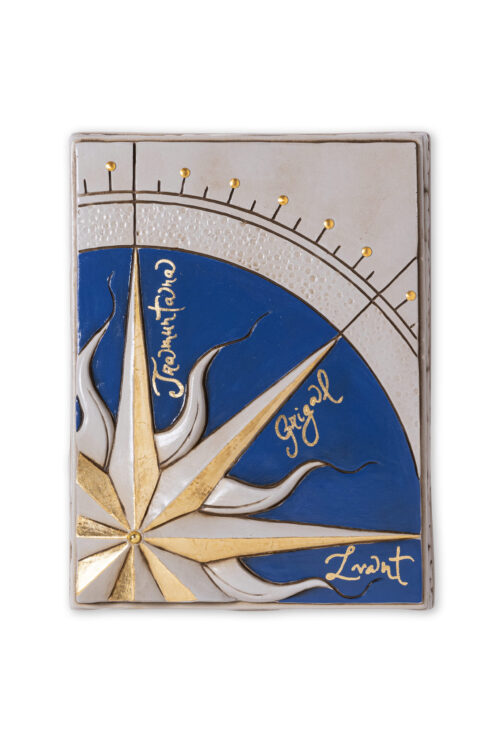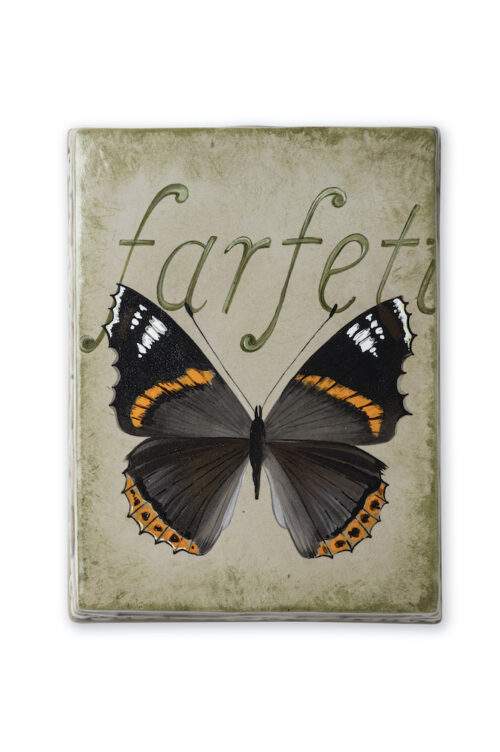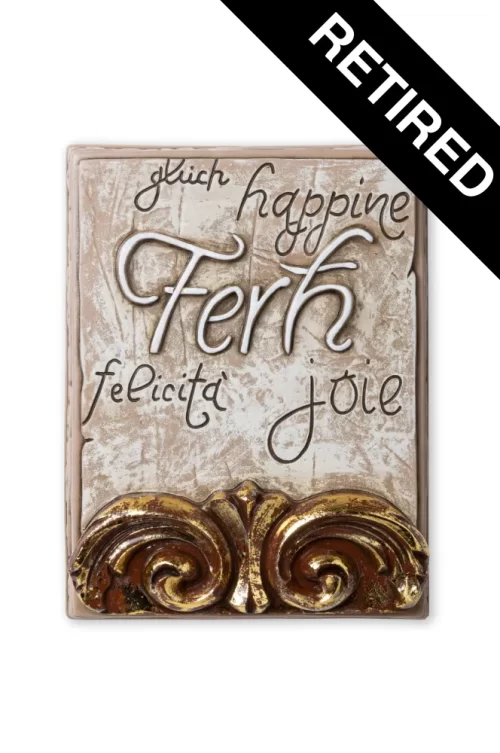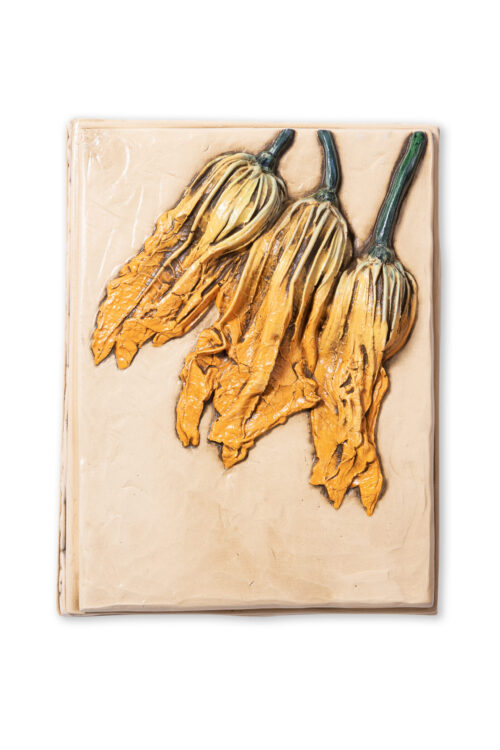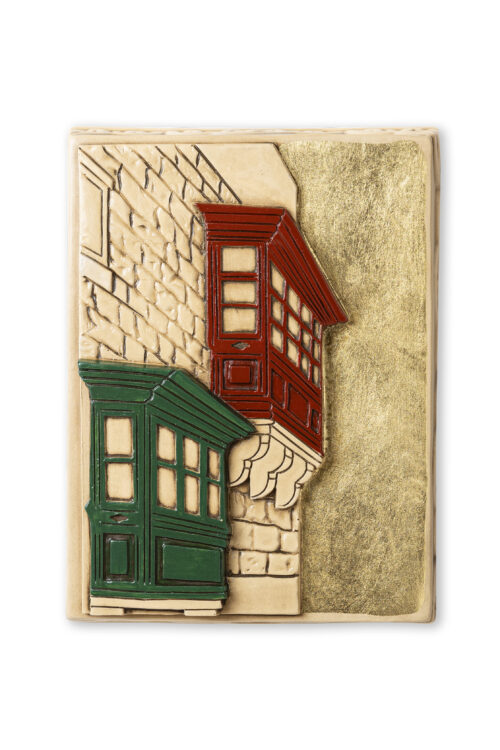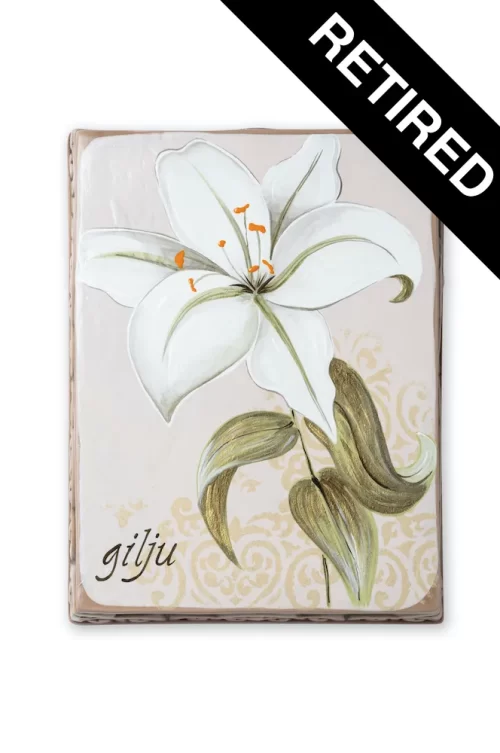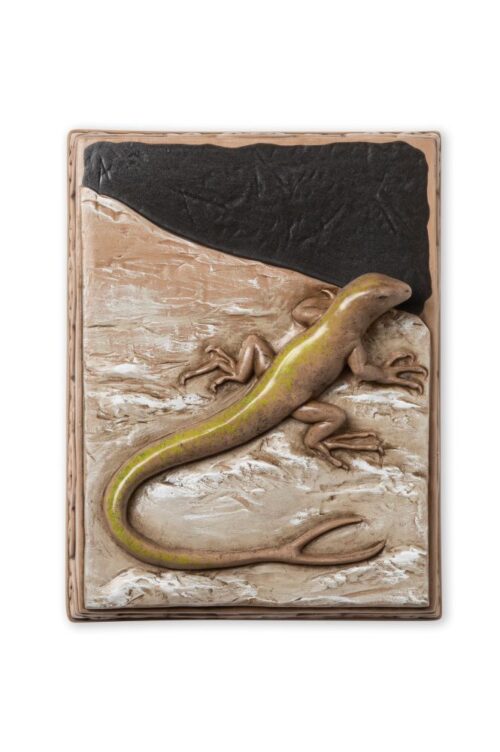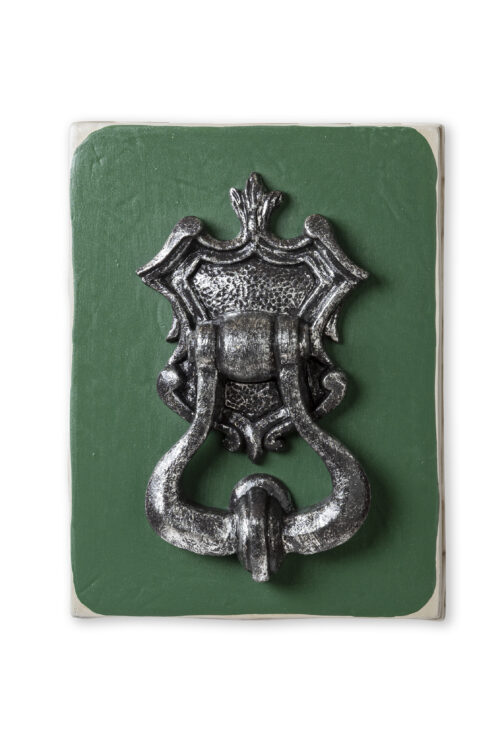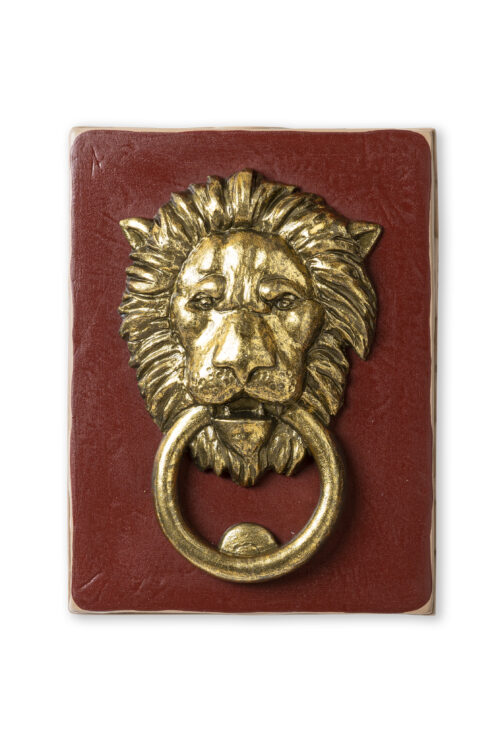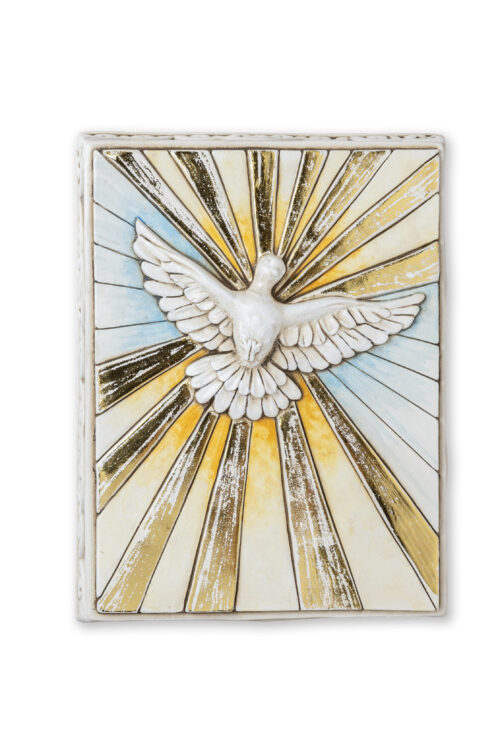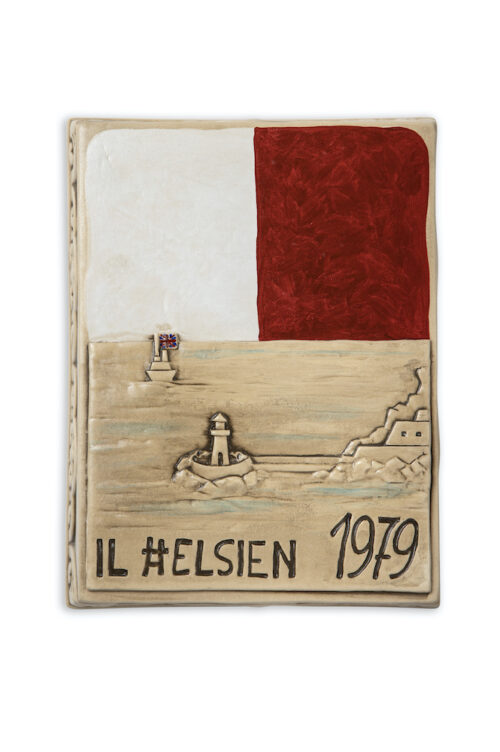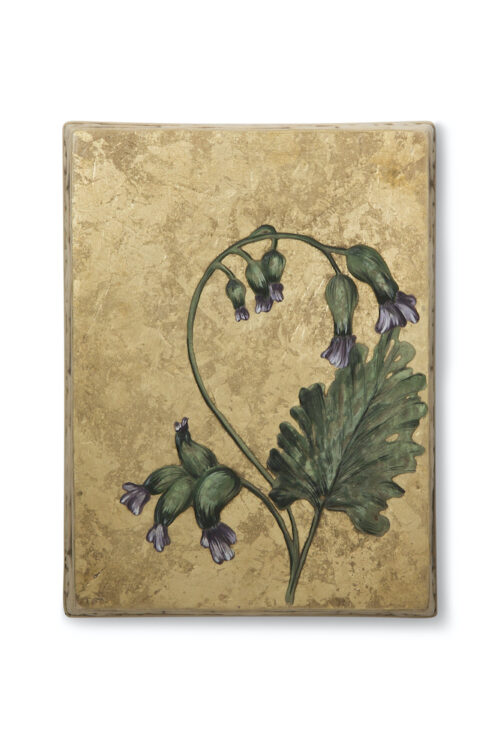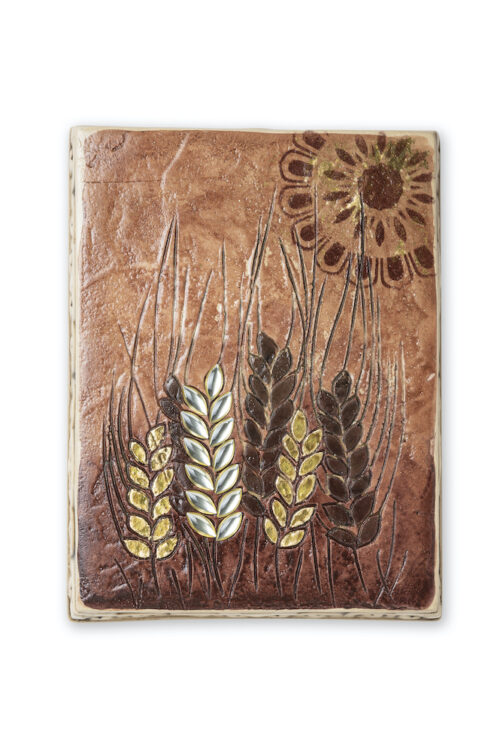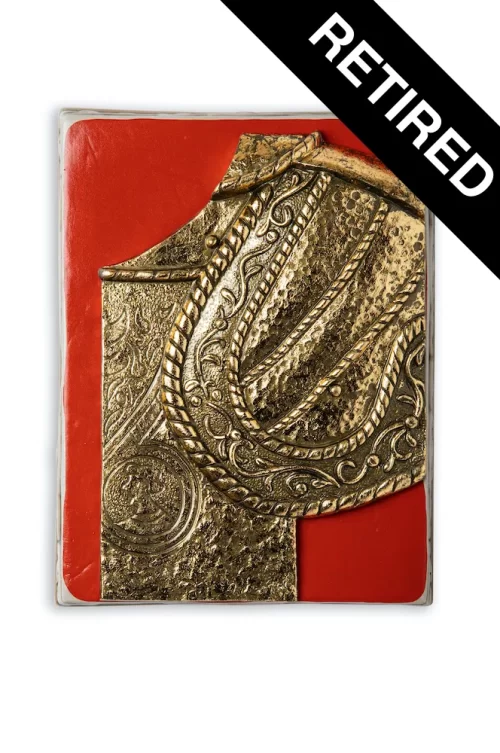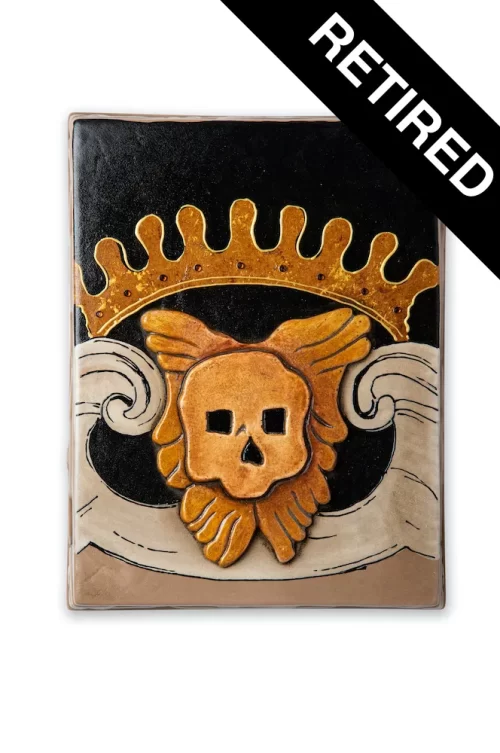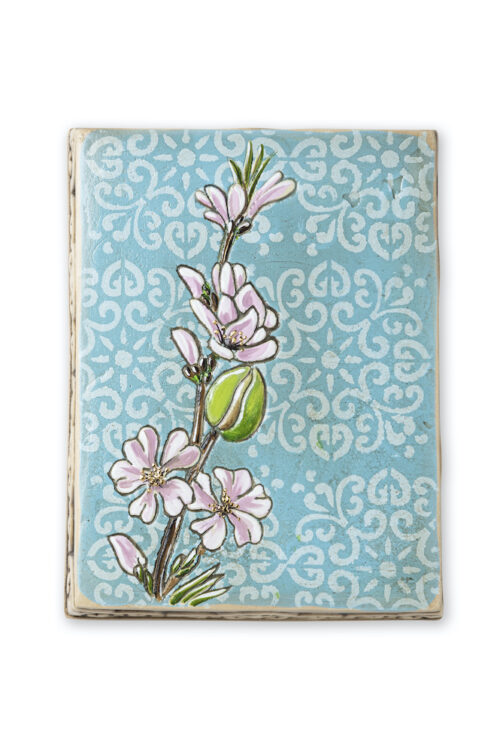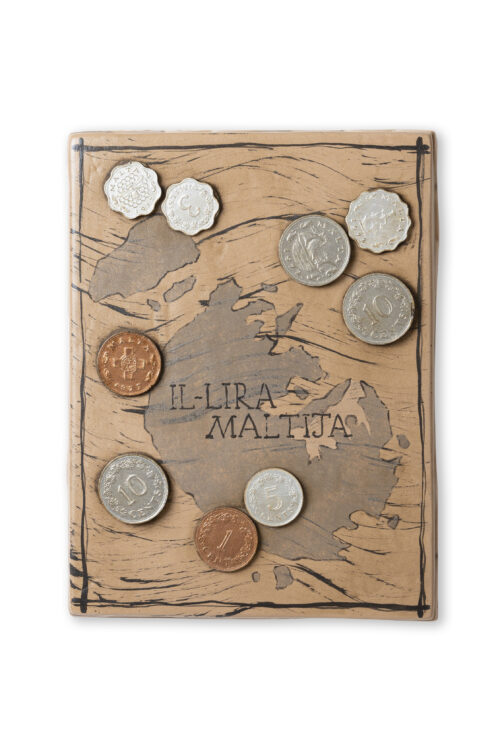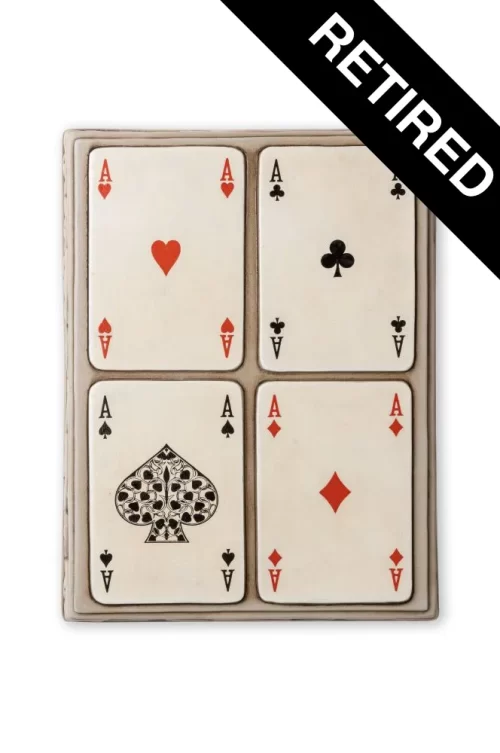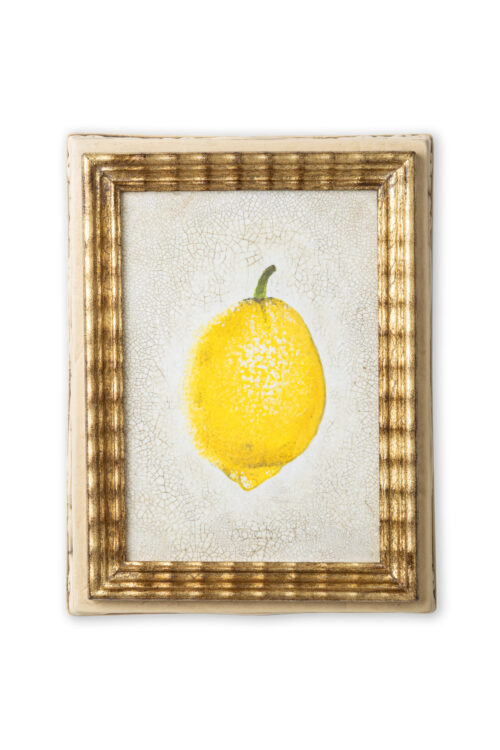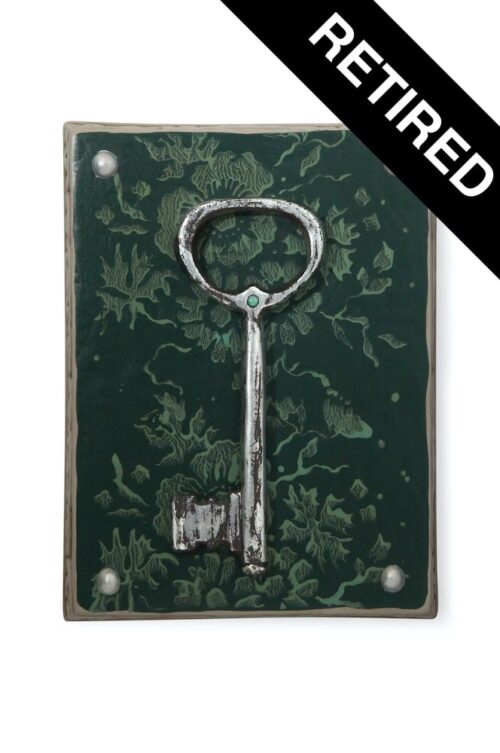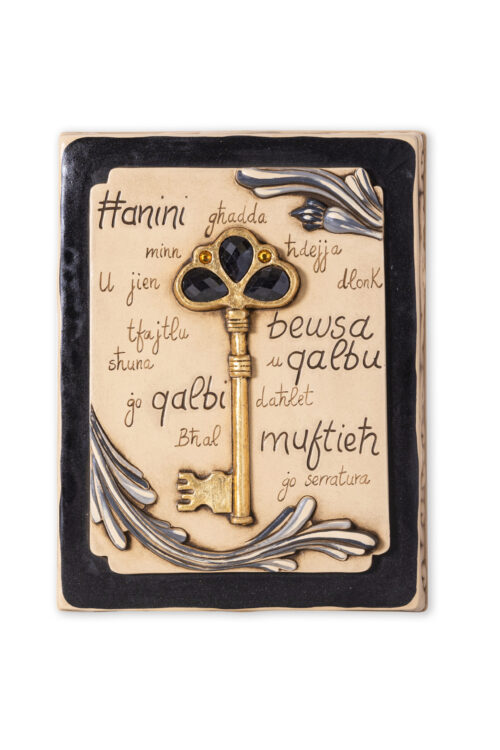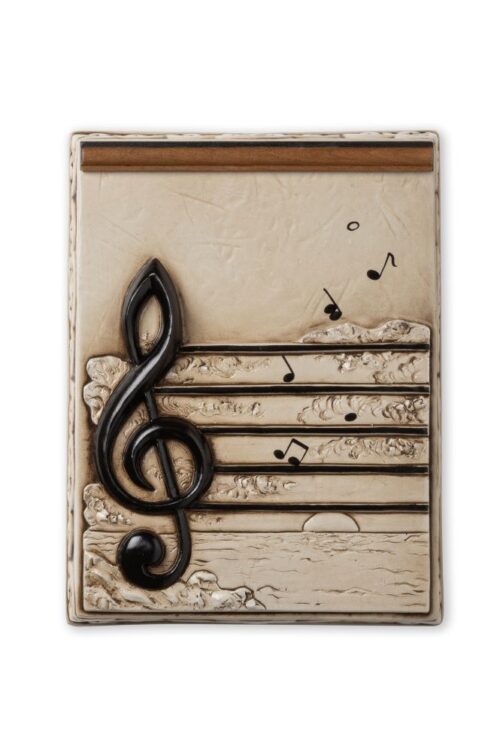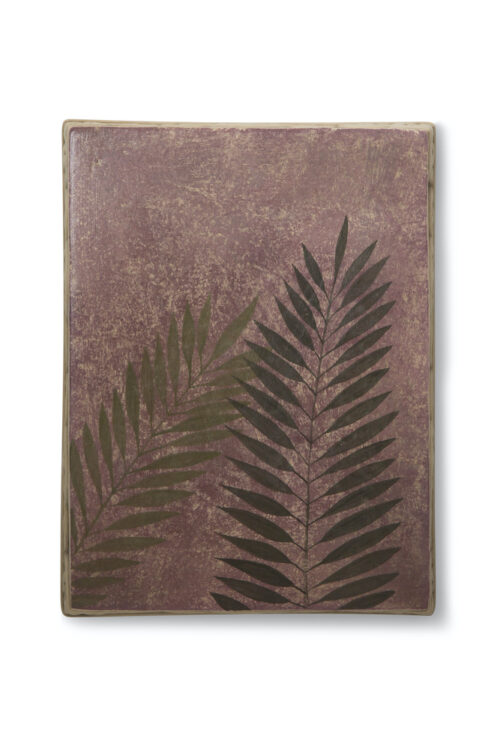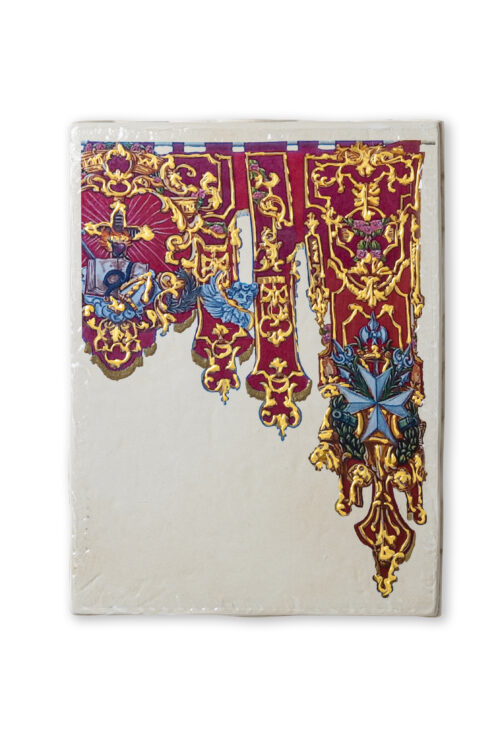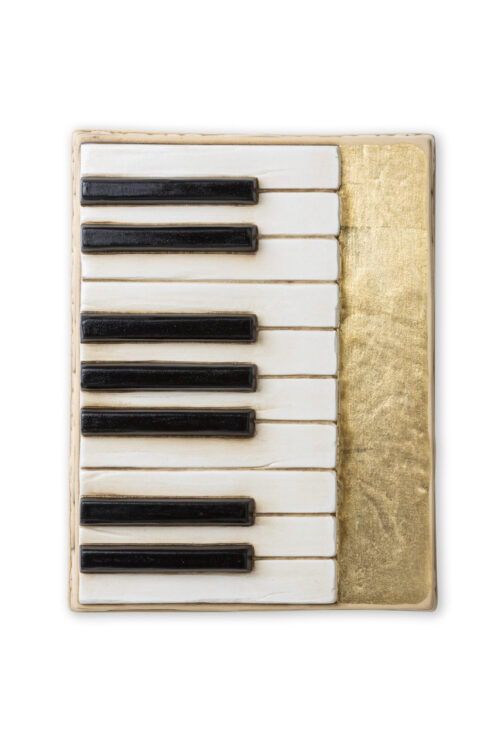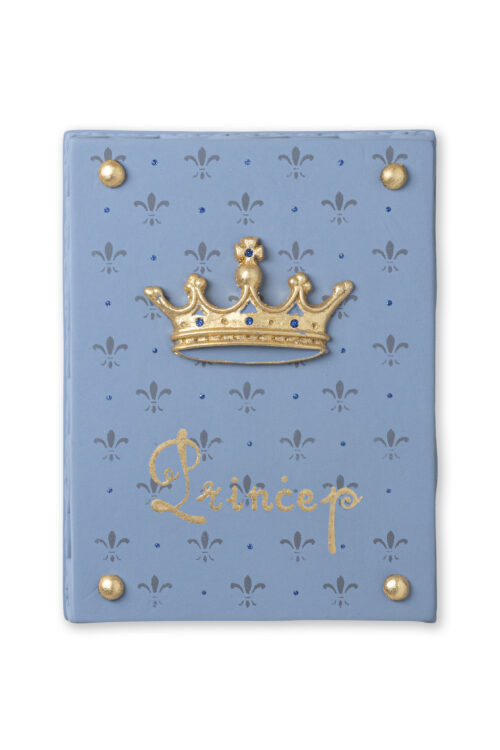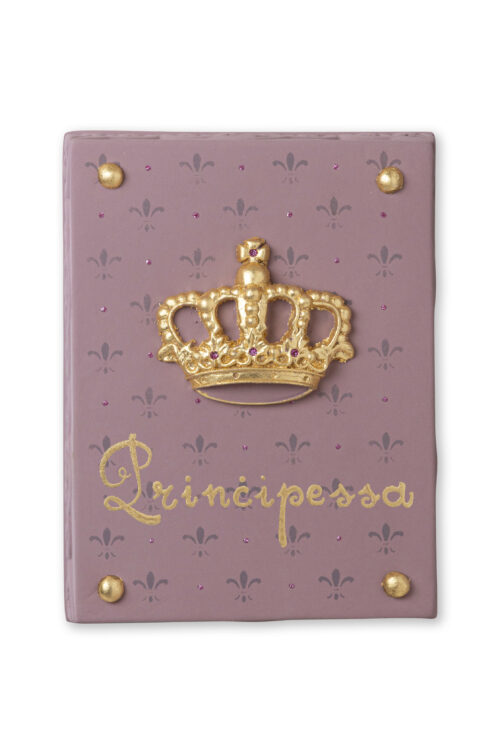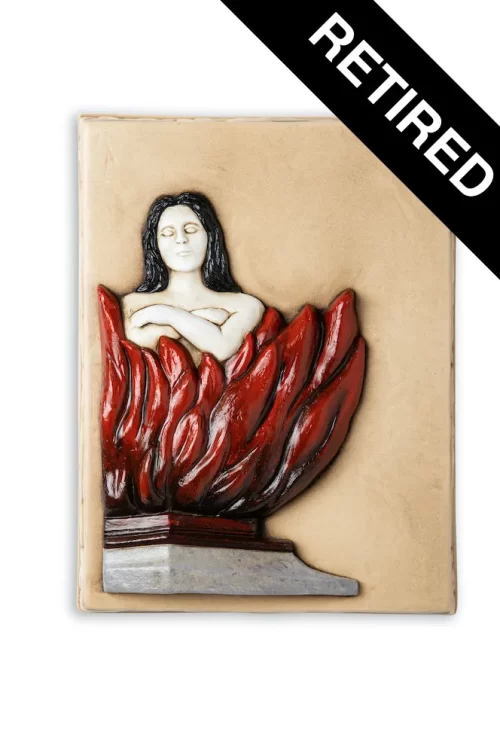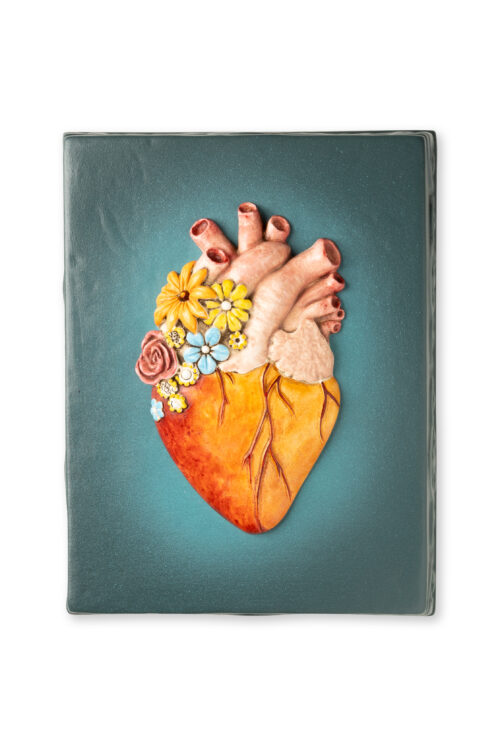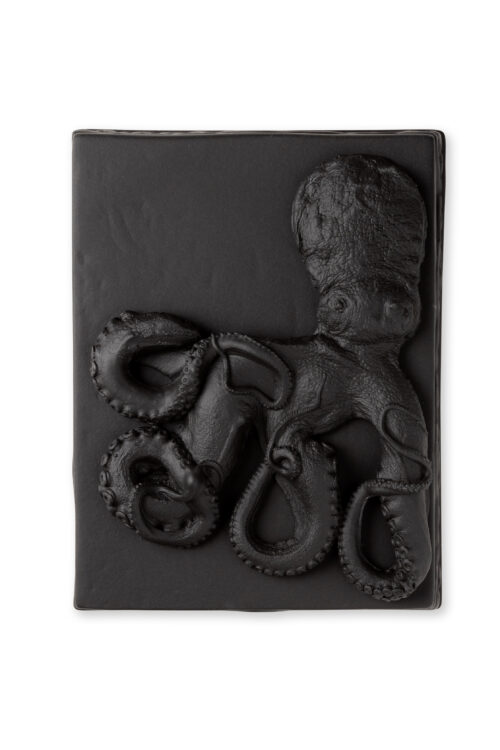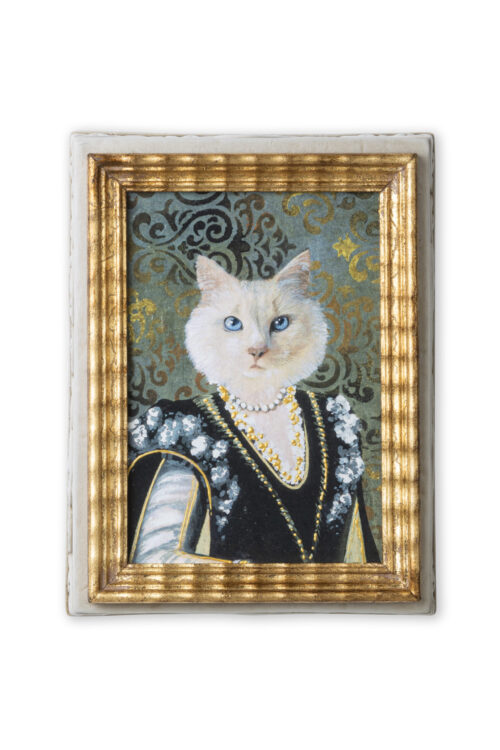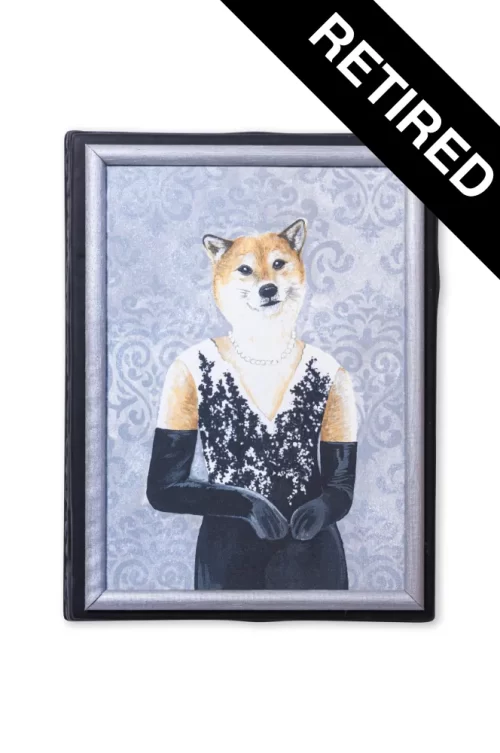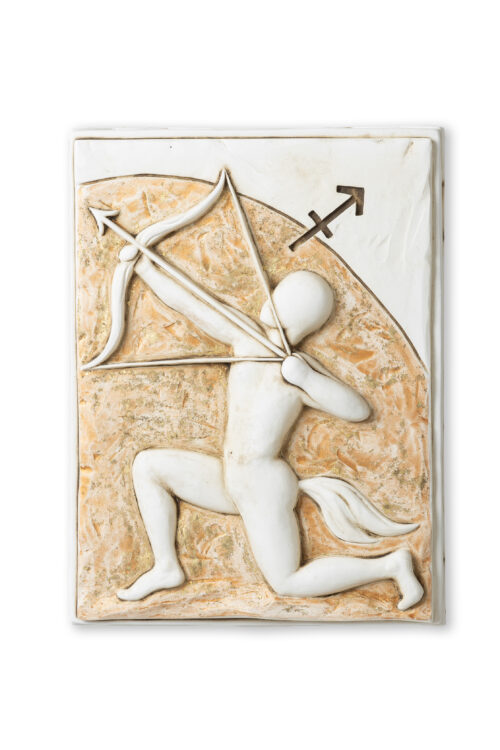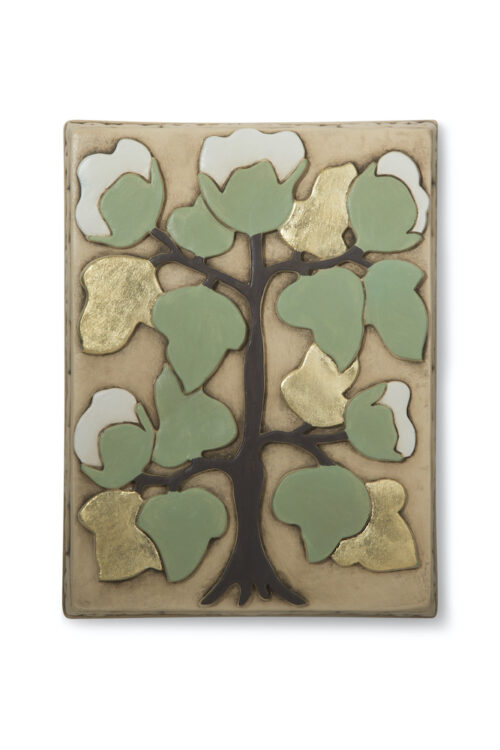-
Lace work – This is one of the old Maltese trades usually done by housewives. The work is very intriguing and requires a lot of patience and time. Used to decorate and embellish dining tables and furniture in general. “Bizzilla” is also used colloquially to indicate a well done job.
-
Il-Boxxla – The Compass: is there a better tool on the an Island? Besides its obvious meaning this word - il-Boxxla - is used frequently in the Maltese language, metaphorically to describe how a person is/has acted - Tilef il-Boxxla - Lost his temper. Dimensions – Length:20cm, Width:15cm, Depth: 4.5-7cm
-
The Butterfly – This is one of the butterflies present in the Maltese countryside especially during Spring. Farfett is also used metaphorically to describe a very agile person.
-
What beautiful colors lighting up all the green marrow leaves. Pleasant to the eye and delicate with special culinary dishes.
-
Il-Gallarija Maltija The Maltese Balcony adorns our villages especially the village core where one can admire an impressive craftsmanship giving that unique style to our façades.
-
Il-Gremxula – The Lizard, is commonly found in the Maltese countryside especially on rubble walls enjoying the heat of our beautiful sun.
-
Il-HabbataThe Door knob – It comes mostly in brass in various shapes and figures. Back in the day, these door knockers were very important as they symbolized the status and wealth of the house owner.
-
Il-HabbataThe Door knob – It comes mostly in brass in various shapes and figures. Back in the day, these door knockers were very important as they symbolized the status and wealth of the house owner.
-
Il-Hamiema (L-Ispirtu s-Santu) L-Ispirtu s-Santu - The Holy Spirit is referred to as the Lord and Giver of Life. He is the Creator Spirit, present before the creation of the universe and through his power everything was made in Jesus Christ, by God the Father.
-
Freedom day – 31st March 1979 – One of the 5 National Holidays. Freedom Day for Malta came at a high cost where a lot of lives were lost. It is good to note that Il- Helsien for Malta brought for the first time in History full freedom and self-Governance to the Islands.
-
Lavatera cretica - It’s botanical name. It is widely found in the wild. The plant grows to a size of a small tree with dark green leaves and a beautiful pink/ velvety flower. In the Maltese poetry George Zammit had dedicated a poem for this particular plant.
-
Il-Kurazza is the Maltese name for the metal armour for the upper body of a Knight. Here we are recreating the Kurazza protecting the Knight on the left-hand side and hence protecting also his heart.
-
Il-Lira Maltija
What a nostalgia and how many memories. The Maltese Lira was the local currency from from 1972 until 31 December 2007.
-
Il-Loghob ta’ l-Azzard - The playing cards collection. It was very common in previous years to meet, while walking around a village small groups of friends and neighbours passing time playing cards relaxing and socialising.
-
The Key – Symbolises the tool to open/close doors, solve problems, open ways, open hearts and is also the symbol given to important people ( religious mostly ) that have the key to open the heavens. It is above all the old Maltese word for Key.
-
The Key – Symbolises the tool to open/close doors, solve problems, open ways, open hearts and is also the symbol given to important people ( religious mostly ) that have the key to open the heavens. It is above all the old Maltese word for Key.
-
Il-PavaljuniThese stunning street decorations (furniture) give a unique festive feeling allover Malta during the local feasts. Great craftsmanship is involved and a yearlong work and dedication by village volunteers.
-
Il-Princep Our tomorrow family, our fresh branch of the family tree, a so much-loved child to continue our family tree.
-
Il-Principessa The princess to the queen mother. Our family female energy for more love and joy, the soft spot for all fathers.
-
In general, this sculpture is found along roadsides here in Malta and in the front of Cemeteries. This was done on purpose to remind people passing by to spare a prayer for the soles in purgatory.
-
Il-Qarnita – Octopus are sea animals famous for their rounded bodies, bulging eyes, and eight long arms. The Octopus is famous with our local dishes that come in many ways, being grilled, boiled and mixed with capers, olives and fresh tomatoes and also carpaccio. How do you like yours...?
-
Il-Qattus– The Cat comes in many shades and colors, fluffy or not ?!? . . what is true is that the Cat is always ready for a cuddle and a hug to transmit back that unique love and affection that misses only the words
-
Il-Qaws (Sagittarius)22nd November to 21st DecemberOptimistic, lovers of freedom, hilarious, fair-minded, honest and intellectual.
-
The Cotton – This particular design of the cotton is carved on the wall in one of the side altars at the Cathedral of St John. The cotton had a very strong commercial value at the times of the Knights. It was considered as wealth and good fortune being the raw material to manufacture sails for the ships at that time.
